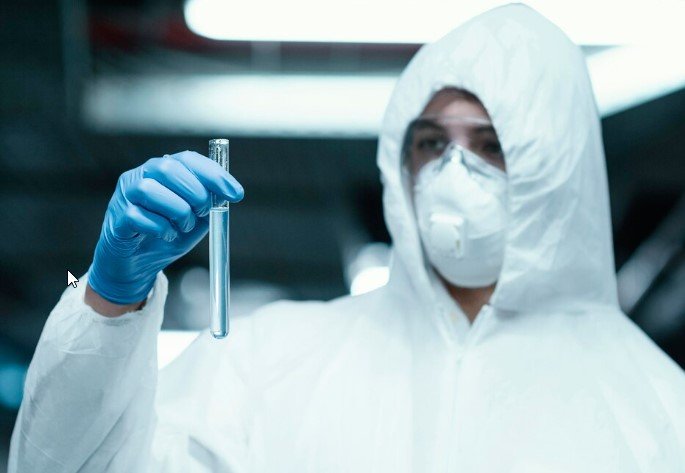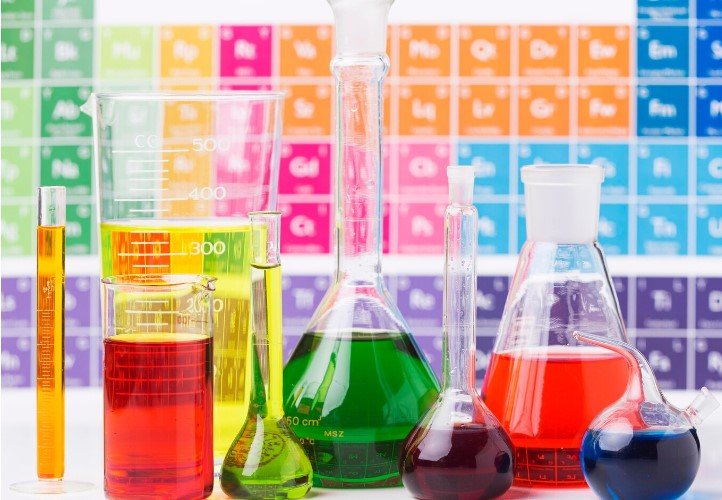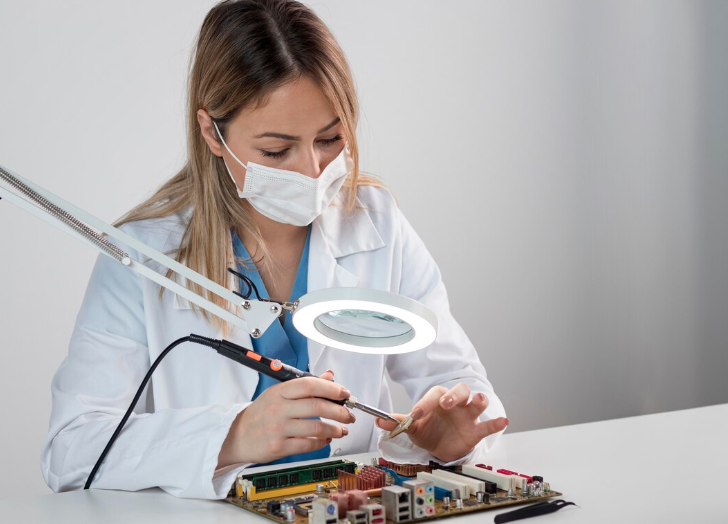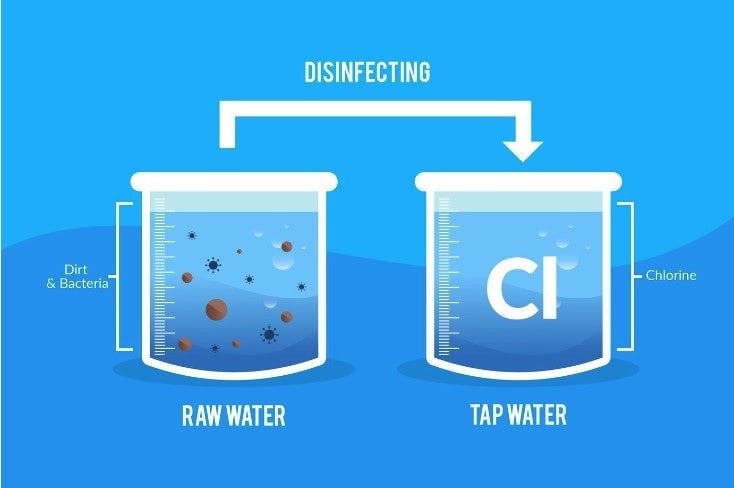The Science of Electroplating Cleaners
Evolution of Cleaner Formulations in the Industry
Formulating cleaners such as alkaline soak cleaner and electro cleaner are imperative, though not as significant and lucrative as formulating plating baths containing primary and secondary brightener systems.
Unlike quite a few decades ago, current cleaner formulations contain methodically investigated inorganic and organic ingredients which are effective and comply with the environmental regulations.
Different sectors and industries use solvent, alkaline soak and electro cleaners uniquely. Does the industrial practice catch up with scientific advancement? Good formulations are available! Did the market seize the opportunity?
This blog highlights the value of a good cleaner, identifies a simple step in choosing a cleaner, and list a few potential ingredients and their properties.
A carefully chosen cleaner can remove organic residues from the substrate thoroughly. Decrease the cleaning time and (or) improve cleanliness. Cut cost by increasing the cleaner life and minimize environmental impact.
Go over a material safety data sheet (MSDS) to select a cleaner, however, a proprietary chemical supplier could throw a curve ball. Section 2 of an MSDS must contain hazardous ingredient listed with Chemical Abstracts Service (CAS) registry number and the concentration. The reader can find specific CAS related information on this link.

Before considering the inorganic and organic ingredients, process owner must know their processes and supply chain well. Knowing and considering the substrate(s) and their corrosion properties in most cases are explicit. Sometimes information is hidden and implicit on aspects such as oils, lubricants, and kinds of paraffin used. Application time, heat treatment (if applicable) and their intricate factors on some instances might not be clear. Source and purity of water, properties such as temporary and permanent hardness are vital for the makeup of cleaner solution and rinsing.
Alkalinity, buffer, water softening, chelation, and surface tension are a few important solution properties to observe. The process owner should assess the presence and concentrations of sodium hydroxide, carbonate, phosphate, silicate, amines, and surfactants and relate to the application (s). A surfactant can be anionic, non-ionic and (or) amphoteric. It changes the surface tension and wettability of the solution.
Learn More
Rhodium Plating Techniques | Advint Incorporated
Briefly put, irrespective of reasons and justifications, focussing on cleaners and improving the cleaning performance is worth the effort and not a hard nut to crack using the listed suggestions.

Posted By:Venkat Raja
Apr 01, 2019
Tags:






